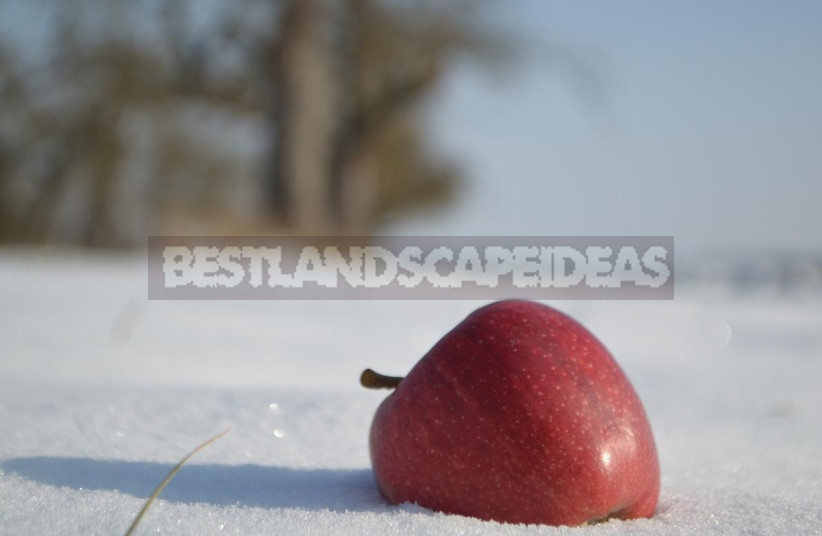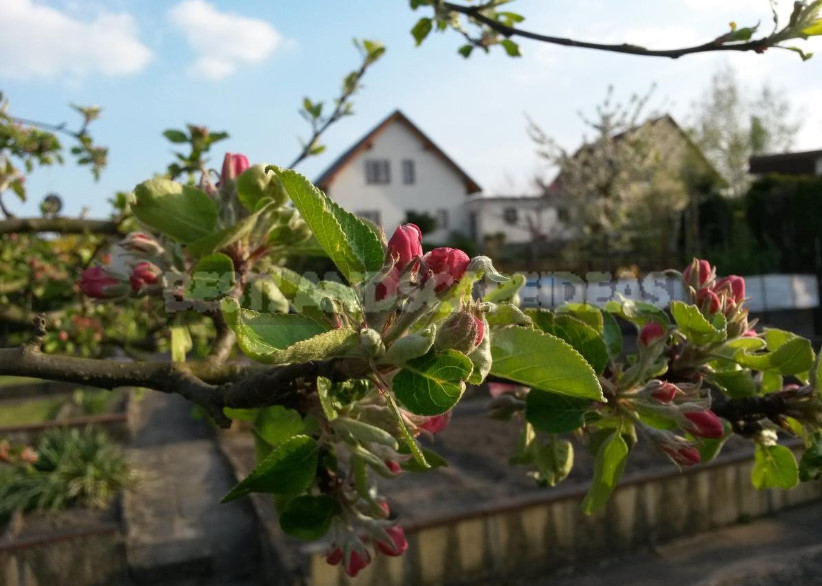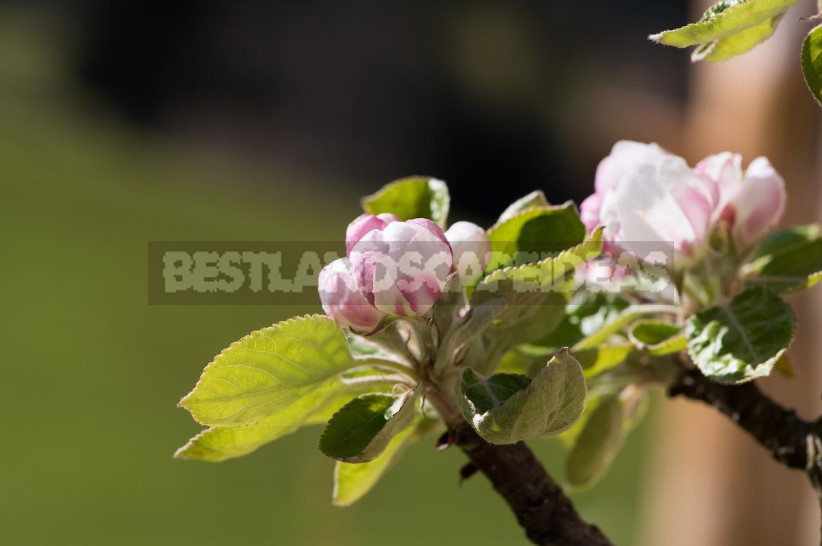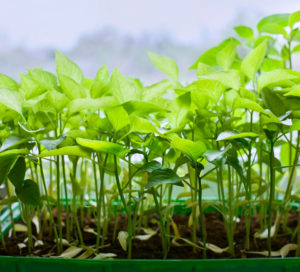
Often the same recommendations wander through the pages of newspapers and magazines, among which there are not just wrong, but also dangerous for plants. One of them is about the need to cover the soil under the fruit trees with snow to protect them from spring frosts. They say that if you delay the thawing of the soil, it will supposedly push the flowering to a later date, which should protect against the effects of frost. And to do this, you just need to heat up more snow in late winter or early spring, tamp it down, and then cover it with a thick layer of sawdust, straw, etc., to protect it from melting.
Such shelters really preserve snow for a long time-this is based on storing cuttings or germinating seeds in specially arranged snow piles, where the temperature is not higher than 0° C (32°F). But it protects covered objects from heat exposure only under snow. But the aboveground part, regardless of the shelter, will develop according to the laws of atmospheric exposure to solar heat.
Remember how often at the end of April the air temperature rises sharply, sometimes reaching +20…+25 °C (68-77°F). The trees bloom quickly in this heat, although the ground is still very cold. It heats up more slowly, especially if it is frozen to a greater depth.
In such cases, flowering trees spend on their development the reserves of water and food that are stored in their organs and tissues. When the soil temperature reaches +3…+5 °C (37.4- 41°F), the roots begin to work actively, supplying water to the aboveground part with minerals dissolved in it and quickly compensating for their temporary deficiency in the root. This happens in natural conditions.

A different situation exists when the thawing of the soil is artificially slowed down. Imagine: the tree is already in full bloom under the influence of heat and the bright spring sun, but it does not receive any water or food from the roots due to forced “hibernation”. As a result, the entire supply of nutrients available in the aboveground organs and tissues is consumed, which leads to a general depletion of the tree. The more intense the flowering, the greater the depletion. As a result, in the best case-the loss of flowers and ovaries, but there may be a depressed state of the tree before its subsequent death.
Especially dangerous is the temperature imbalance between the “tops and roots” for early vegetative stone crops. Even without any artificial snowfall, they primarily suffer after the “black winters”, when the roots in the deeply frozen ground for a long time did not provide water and mineral nutrition to the already blooming ground part of the trees. The result was the final death of many of them, especially the abundant fall of the flowers.

Thus, it is obvious not only that artificial snowfall is useless for an imaginary delay in flowering, but also that it is harmful to the tree. And now let’s consider the feasibility of this notorious recommendation in another aspect: is it necessary to delay flowering, even if some techniques have proved effective? Do frosts always come at a certain time, to which it would be possible to adapt?
No, in a cold climate, according to official data and according to our own long-term observations — this can be any day in May, up to June 7-10. Wouldn’t it be absurd to “freeze” the trees until the end of this threatening period? How, then, do they make up for the lost days of the most intense period of growth? And there will be no partners left for the necessary cross-pollination when everything blooms.
But that’s not even the point. Studies show that a later bloom, for which snowfall is carried out, can be no less dangerous than an earlier one. For example, radiation freezing to -4… -6 °C (24.8-21.2°F) overtook flowering gardens in full swing in the third decade of May. Then late-flowering crops and varieties that are in full bloom and beginning to set were affected. In those years, the yield of apple trees on industrial plantations was only 20% of the usual one, and the harvest was only due to early flowering varieties. And the early-flowering pear, which is almost always ahead of the apple tree in terms of flowering time, was already in the phase of a large ovary (the size of a hazelnut), and its harvest was almost completely preserved.

Thus, the facts show that it is not legitimate to focus on the late flowering of fruit crops, saving from frost. It is more expedient to have a set of different crops and varieties, including those with different flowering periods to insure against natural adversities.
But for some shrubs and ornamental plants, snowfall to delay flowering and flowering can be quite effective. You only need to cover the entire plant, which is only possible for low objects.




Leave a Reply